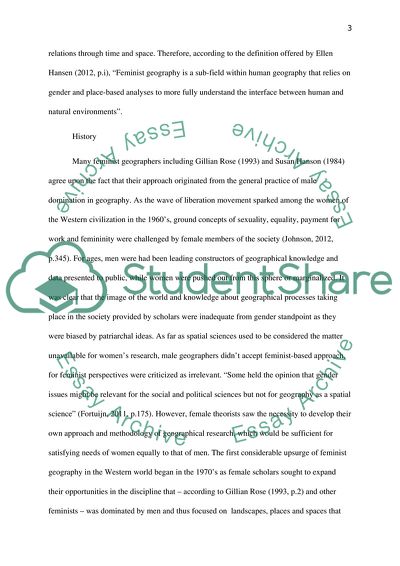Cite this document
(Feminist Criticism of Geographical Science Article, n.d.)
Feminist Criticism of Geographical Science Article. https://studentshare.org/geography/1867369-outline-the-following-approach-feminist-geographies-to-doing-critical-human-geography-and-using-examples-demonstrate-how-that-has-been-used-to-undertake-geographical-research
Feminist Criticism of Geographical Science Article. https://studentshare.org/geography/1867369-outline-the-following-approach-feminist-geographies-to-doing-critical-human-geography-and-using-examples-demonstrate-how-that-has-been-used-to-undertake-geographical-research
(Feminist Criticism of Geographical Science Article)
Feminist Criticism of Geographical Science Article. https://studentshare.org/geography/1867369-outline-the-following-approach-feminist-geographies-to-doing-critical-human-geography-and-using-examples-demonstrate-how-that-has-been-used-to-undertake-geographical-research.
Feminist Criticism of Geographical Science Article. https://studentshare.org/geography/1867369-outline-the-following-approach-feminist-geographies-to-doing-critical-human-geography-and-using-examples-demonstrate-how-that-has-been-used-to-undertake-geographical-research.
“Feminist Criticism of Geographical Science Article”. https://studentshare.org/geography/1867369-outline-the-following-approach-feminist-geographies-to-doing-critical-human-geography-and-using-examples-demonstrate-how-that-has-been-used-to-undertake-geographical-research.


